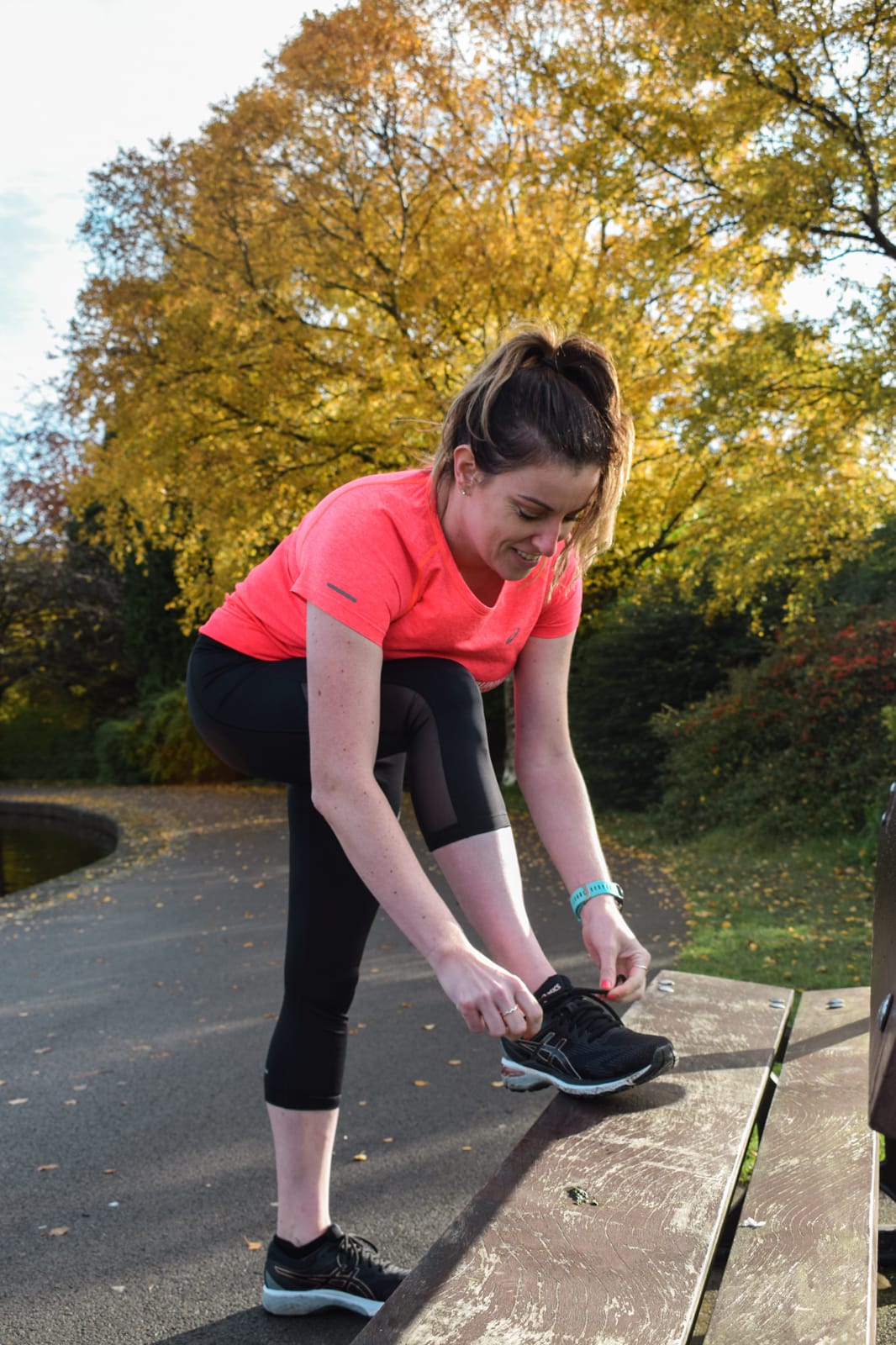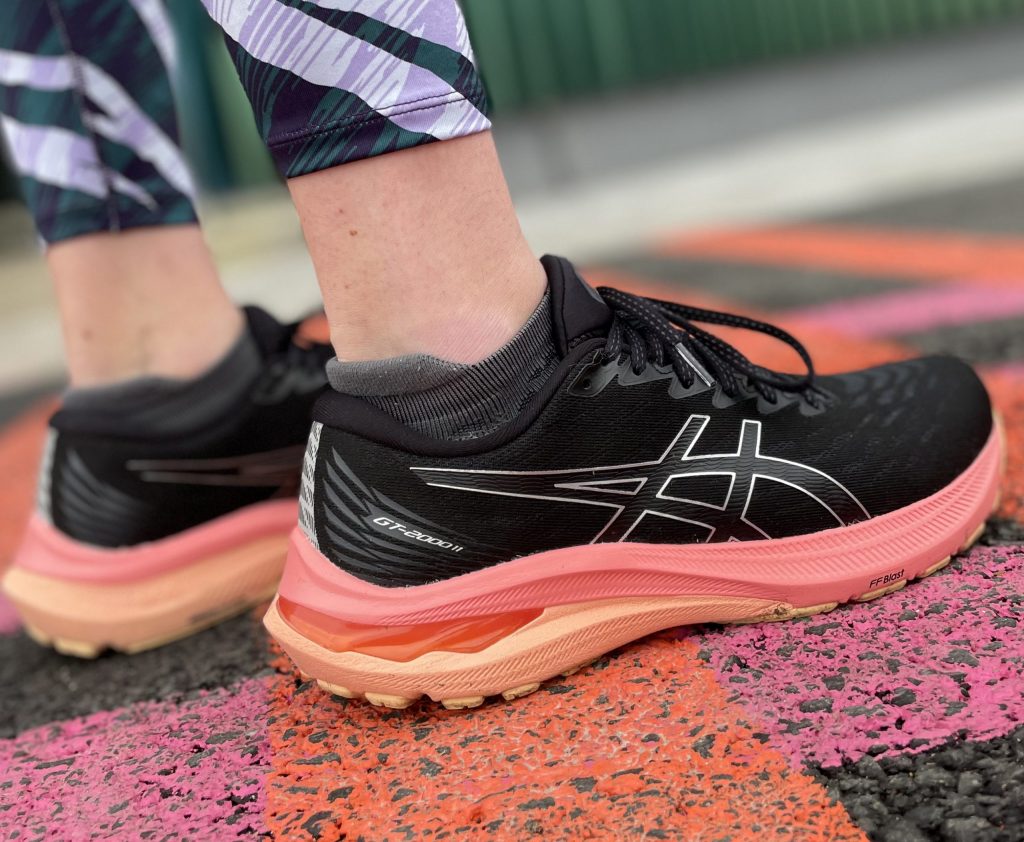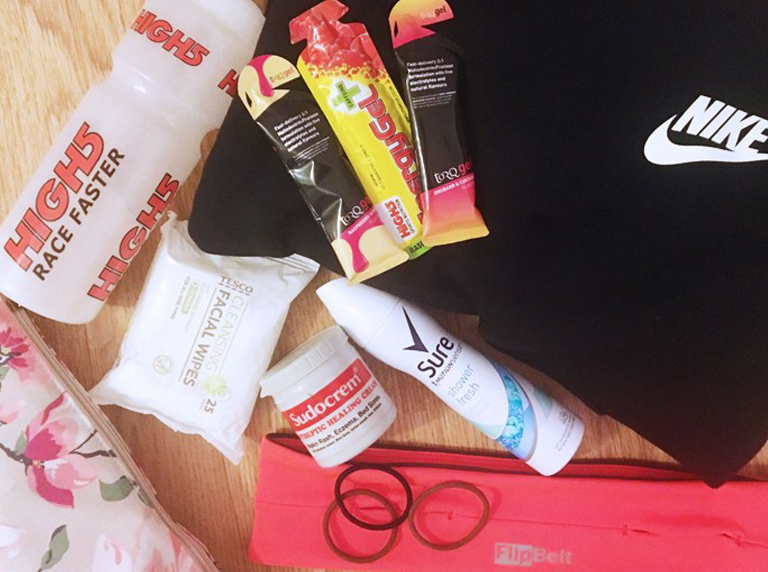
Picking the right running shoe is a big decision. We get it – you see those TikTok girlies sporting a trendy brand, and it’s tempting to get a pair for yourself. Sure, they might be great, but looks can be deceiving when it comes to running shoes. Your choice should be all about you, your unique needs, and making sure they don’t just look cute, but ensure both comfort and performance.
Finding the right pair of running shoes can be tricky. Your usual shoe size doesn’t usually apply and every brand fits differently. Research by ASICS has shown that 80% of runners are wearing the wrong shoes and many of them aren’t even aware of it. Let’s dive into the common mistakes in running shoes and find out how to fix them.
Incorrect Shoe Size
The number one mistake is wearing the wrong size. Don’t assume your shoe size stays the same throughout your adult life because it doesn’t. Feet can change in length and width for various reasons, such as age, increased running mileage, weight gain or pregnancy.
When it comes to running shoes your regular shoe size is likely going to be too small. Running shoes should have space for your toes to spread and your feet to swell when running. It’s recommended to go half a size to a full size larger than your regular shoe size, leaving approximately a thumb width between your longest toe (which isn’t always the big toe) and the end of the shoe. Also, remember that sizing can differ between brands and even between different shoes from the same brand, (confusing, right?) so always try before you buy.

Incorrect Width
This issue often complements the previous one. If you notice visible stretching on the outer edges of the forefoot material, it’s a sign that you might need a wider size. In some instances, men can opt for women’s styles for a narrower fit, and women can choose men’s styles for a wider fit. Wearing shoes that are too narrow can lead to blisters, chafing, numbness, altered running gait, and conditions like plantar fasciitis. Conversely, wearing wider shoes than needed can cause your feet to slide around inside, leading to issues like blisters and an altered gait. The best way to find out: have your feet professionally measured at your local running store.
Stability vs. Neutral Running Shoes
Many runners make the mistake of not knowing whether they need stability or neutral running shoes. Understanding this can significantly impact your comfort and performance. Some people pronate (roll inward) their feet during running, while others supinate (roll outward), and some have a neutral gait.
Stability shoes include support in the medial side of the midsole and a more structured upper under the arch to counteract overpronation. Neutral shoes lack these features so are suitable for those with a normal gait.
If you’re unsure whether you need stability or neutral shoes, seek expert advice at a running store. They will assess your running gait to help determine your running style which will help you narrow down your shoe choice.
Worn-Out Shoes
Running shoes, just like car tyres, have a limited lifespan, typically between 300 to 500 miles, depending on the shoe’s durability, your running style and the kind of terrain you’ve been running on! Over time, the cushioning in the midsole wears down, which can lead to niggles such as shin splints, and foot and knee pain. Even non-running activities contribute to shoe wear if you wear them for various daily tasks.
If you’re experiencing sudden joint or foot pain and can’t remember when you last bought new running shoes, it could be a sign it’s time for a new pair!
My advice?
While you can technically run in almost any shoe, running in the wrong type can cause discomfort or even pain. When in doubt, consult the professionals and pop into your local running store for guidance. Runners Need and Up and Running offer free in-store gait analysis, I’ve used both and have had great service!



